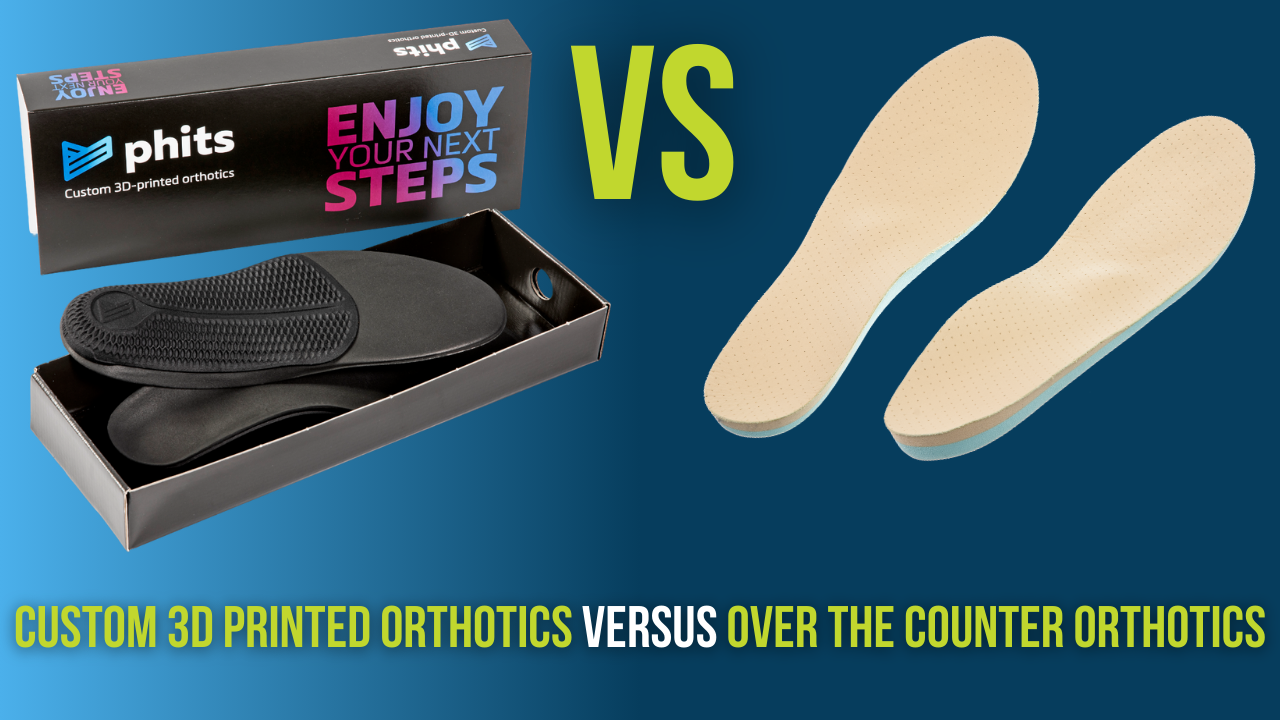Shin Splints when running: Our simple solutions
Running is a popular form of exercise that offers numerous benefits, from improving cardiovascular health to boosting mental well-being. However, it also comes with its own set of challenges, and one of the most common issues faced by runners is shin splints.
Understanding shin splints when running is crucial for both new and experienced runners to avoid pain and maintain their running routine. In this blog we look common causes, prevention and management of shin splints.
Causes of Shin Splints When Running
Shin splints, medically known as medial tibial stress syndrome, are characterised by pain along the inner edge of the shinbone (tibia). The pain is caused by inflammation of the muscles, tendons, and bone tissue around the tibia. There are several factors that can contribute to shin splints when running:
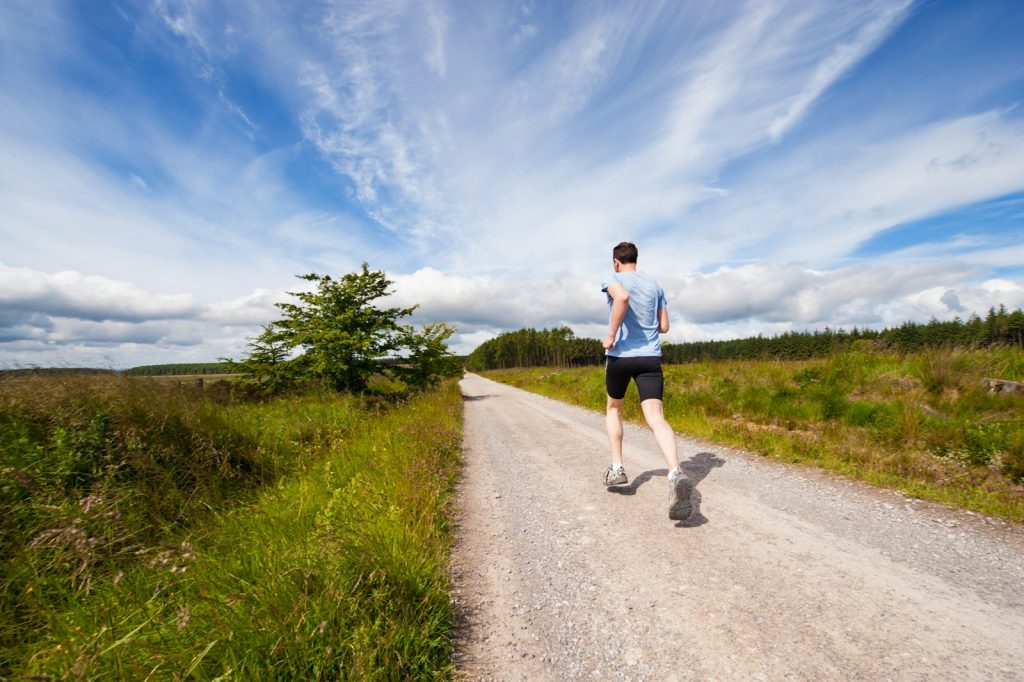
1.Overuse
One of the primary causes of shin splints when running is overuse. This occurs when a runner increases their mileage or intensity too quickly. The repetitive stress on the tibia and surrounding tissues can lead to inflammation and pain. It’s essential to build up running distance and intensity gradually to avoid overloading the muscles and bones.
2. IMPROPER FOOTWEAR
Running in shoes that do not provide adequate support and cushioning can contribute to shin splints. Worn-out shoes or those not designed for running can fail to absorb shock effectively, increasing the impact on your shins. Ensuring you have the right footwear for your running style and replacing shoes regularly is critical.
3. biomechanical issues
Flat feet, high arches, or other biomechanical abnormalities can affect the way you run and place additional stress on the shinbone. These issues can cause an uneven distribution of force during running, leading to increased strain on the tibia and surrounding muscles.
4. RUNNING SURFACES
The type of surface you run on can significantly impact your risk of developing shin splints. Hard surfaces like concrete or asphalt can exacerbate the impact on your legs, while uneven terrain can force your muscles to work harder to maintain stability, increasing the risk of injury.
5. lACK OF pROPER wARM-up
Not warming up properly before a run can leave your muscles stiff and more prone to injury. A proper warm-up helps increase blood flow to the muscles and prepares them for the physical demands of running, reducing the risk of shin splints when running.
6. Weakness of stabilisers around the hip, knee and ankle
While many factors contribute to shin splints when running, weakness in the stabilising muscles around the hip, knee, and ankle can play a crucial role. Understanding this connection can help runners address and prevent shin splints more effectively.
The Role of Stabilising Muscles
The stabilising muscles around the hip, knee, and ankle are essential for maintaining proper alignment and balance during running. These muscles include:
1. hIP mUSCLES
The gluteus medius, gluteus minimus, and other smaller muscles help stabilise the pelvis and control the movement of the thigh.
2. knee muscles
The quadriceps, hamstrings, and muscles around the knee joint provide stability and control the motion of the lower leg.
3. aNKLE mUSCLES
The muscles around the ankle, including the peroneals, tibialis anterior, and calf muscles, help stabilise the foot and control its movement.
When these stabilising muscles are weak, several issues can arise that increase the risk of developing shin splints.
Prevention of Shin Splints When Running
Preventing shin splints when running is always better than treating them after they occur. Here are some effective preventative strategies to help you to avoid this painful condition:
1. gRADUAL pROGRESSION
One of the most effective ways to prevent shin splints when running is to increase both your running distance and intensity gradually. Follow the 10% rule, which suggests not increasing your mileage by more than 10% per week. This gradual progression allows your muscles and bones to adapt to the increased load without becoming overstressed.
2. Wear Appropriate Shoes
Invest in high-quality running shoes that provide adequate support and cushioning. Ensure that the shoes are designed for your specific foot type and running style. Replace your running shoes every 300-500 miles, or when they start showing signs of wear, to maintain optimal support and shock absorption.
3. sTRENGTH tRAINING
Incorporate strength training exercises into your routine to build stronger muscles, particularly in the lower legs. Focus on exercises that target the muscles around your shins and calves. Stronger muscles can better support the impact of running and reduce the strain on your tibia.
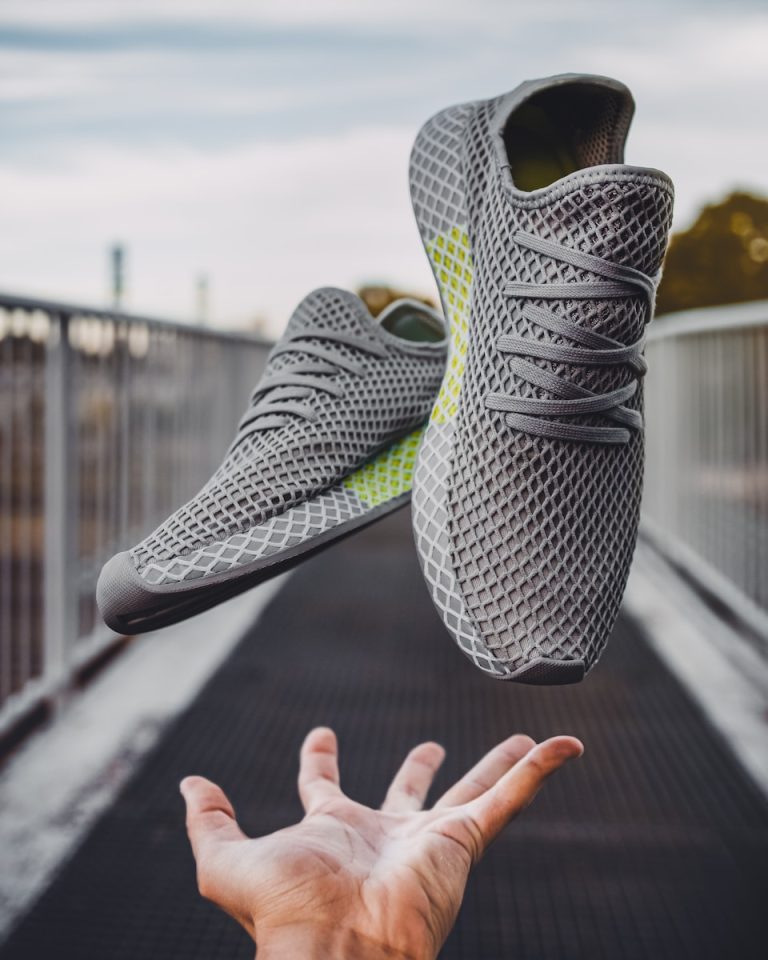
4. pLYOMETRIC tRAINING
Plyometric training offers several benefits that can help to reduce the risk of shin splints when running. By strengthening muscles and tendons, improving neuromuscular coordination, enhancing shock absorption, increasing joint stability, and promoting better running mechanics, plyometric exercises address multiple factors that contribute to shin splints. Incorporating plyometric training into your routine, alongside proper warm-up, strength training, and recovery, can help you run more efficiently and help you towards staying injury-free. Prioritising these exercises will contribute to a healthier and more enjoyable running experience.
5. PROPER WARM-UP AND COOL-DOWN
Always start your runs with a proper warm-up to prepare your muscles for the physical demands ahead. A good warm-up increases blood flow to the muscles, making them more flexible and less prone to injury. Similarly, cooling down after a run helps with both recovery and in the reduction of muscle stiffness.
6. Vary running surfaces
Whenever possible, try to run on softer surfaces like grass, dirt trails, or rubberised tracks. These surfaces provide more cushioning and reduce the impact on your legs compared to hard surfaces like concrete or asphalt.
7. Orthotics
If you have flat feet, high arches, or other biomechanical issues, consider using orthotic inserts in your running shoes. Orthotics can help assist load management of your gait by providing additional support, reducing the stress on your shins and preventing shin splints when running.
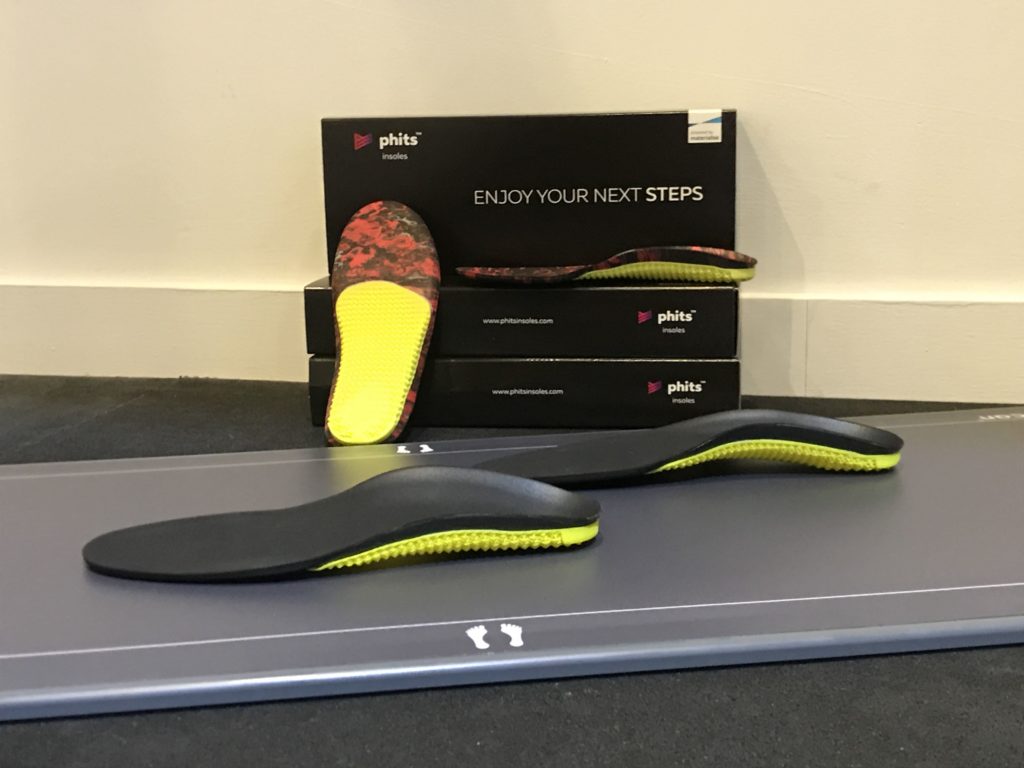
Management of Shin Splints When Running
If you develop shin splints when running, it’s important to address the issue promptly to prevent further damage and facilitate recovery. Here are 6 key steps to manage shin splints effectively:
1. REST
The first and most crucial step in managing shin splints when running is to rest. Give your legs time to heal by reducing or temporarily stopping your running activities. Continuing to run through the pain can exacerbate the injury and prolong recovery time.
2. ICE
Apply ice packs to the affected area for 15-20 minutes several times a day. Ice helps reduce pain and inflammation, promoting faster recovery. Make sure to wrap the ice pack in a cloth to avoid direct contact with the skin, which can cause frostbite.
3. Compression
Use compression sleeves or bandages to support the affected area and reduce swelling. Compression can help stabilise the muscles and reduce inflammation, providing relief from pain.
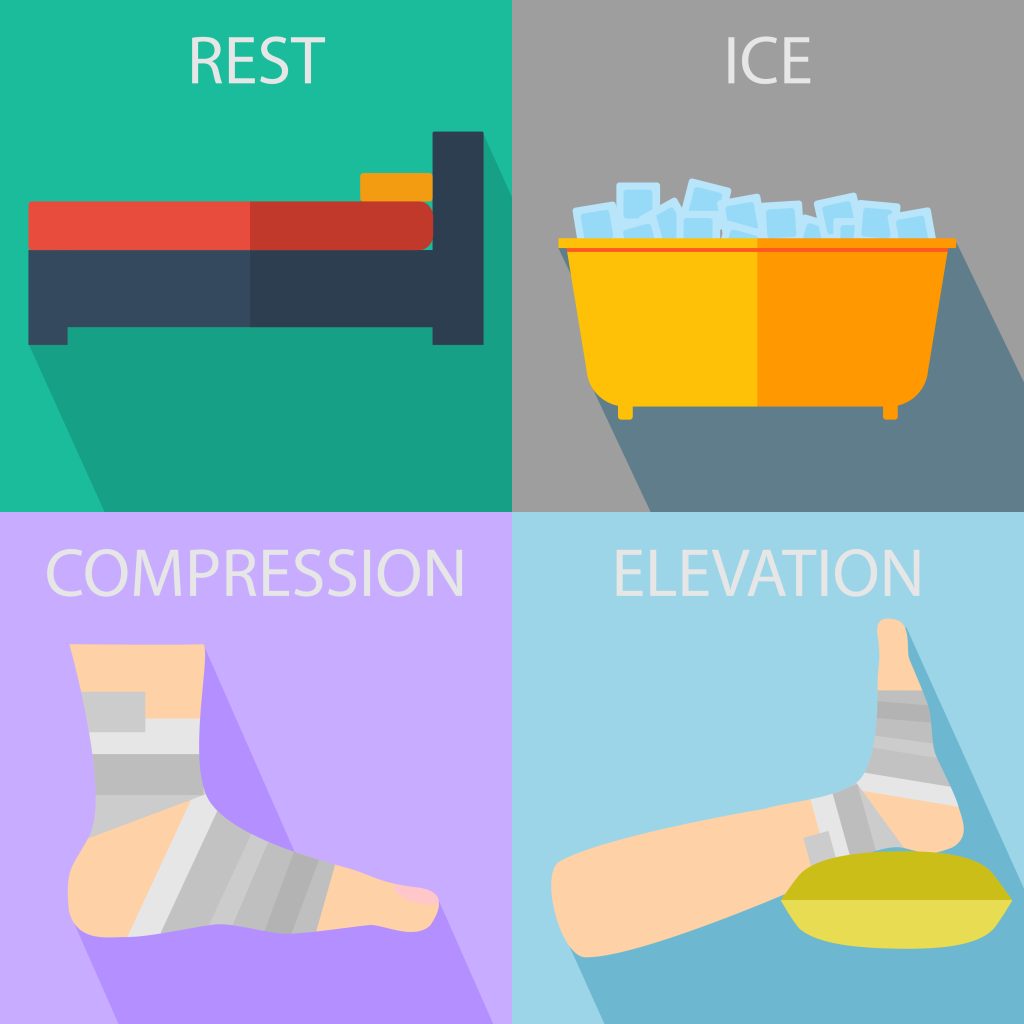
4. Elevation
Elevate your legs whenever possible to decrease swelling. Elevation helps improve blood circulation and reduces the pooling of fluids in the lower legs, promoting faster healing.
5. anti-inflammatory medications
Over-the-counter anti-inflammatory medications like ibuprofen can help reduce pain and inflammation associated with shin splints. However, it’s important to use these medications as directed and not rely on them as a long-term solution.
6. Physical Therapy
Consult one of our practitioners for specialised exercises and treatments that can aid in recovery and prevent future injuries. Physical therapy can help strengthen the muscles around your shins, improve flexibility, and address any underlying biomechanical issues contributing to shin splints when running.
In conclusion:
Shin splints when running are a common but manageable condition. By understanding the causes, implementing preventive measures, and following proper management protocols, you can maintain your running routine without the debilitating pain of shin splints. Remember, taking proactive steps to care for your legs will ensure you can continue to enjoy running for years to come. Prioritise your health and listen to your body to stay injury-free and achieve your running goals.
In summary, shin splints when running are caused by factors such as overuse, improper footwear, biomechanical issues, running surfaces, and lack of proper warm-up. Preventing shin splints involves gradually increasing running intensity, wearing appropriate shoes, incorporating strength training, warming up properly, varying running surfaces, and using orthotics if needed. If you develop shin splints, managing the condition with rest, ice, compression, elevation, anti-inflammatory medications, and physical therapy is essential. By taking these steps, you can effectively prevent and manage shin splints when running, ensuring a healthy and enjoyable running experience.
If you have been experiencing shin splints and have found it is inhibiting or impacting your running ability and potential, you can seek further help or speak to a practitioner about any of the above by calling us on 0800 731 2738 or by booking online here.
You can also view all the services we provide within our clinics on our website, as well as checking out our other blogs and content.
For more free tips and information, make sure to follow our Facebook and Instagram pages. We also post client stories, so you can see how we’ve helped people get back to doing the things they enjoy!

